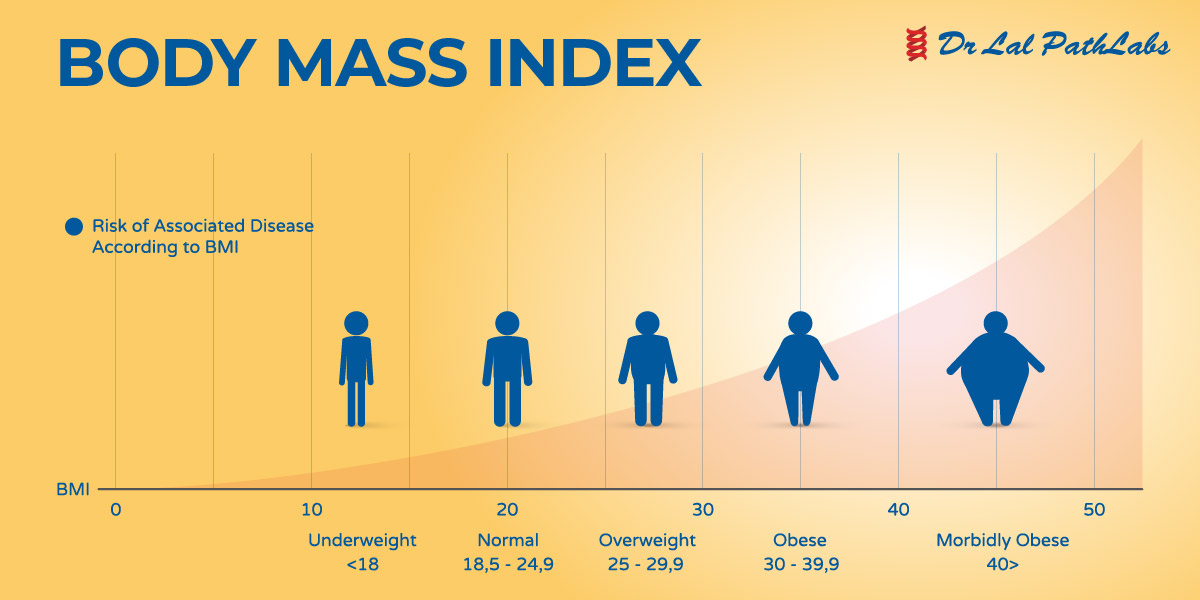Have you ever asked yourself what your body language reveal about your emotions? The study of body reading seeks to explain how our physical traits and gestures connect to deeper psychological patterns.
Whether you’re curious about psychology or already familiar with behavioral analysis, this complete guide will give you valuable insights.
Keep reading to discover the real power of behavioral body analysis. By the end, you’ll know which signs to watch for.
The Importance of Body Analysis
Body analysis gives you an extra layer of understanding, helping in team dynamics.
Coaches apply character analysis to identify fears or resistance.
This skill reduces misunderstandings and helps build trust, because you’re responding not just to words but also to what the body communicates.

Methods of Behavioral Body Analysis
Another approach looks at body proportions, connecting physical characteristics with psychological tendencies.
In some therapeutic settings, body analysis is combined with touch or movement therapy, helping clients release physical tensions linked to emotional trauma.
Learning diverse approaches also helps you avoid bias by relying on multiple signals instead of a single interpretation.

Body Analysis in Practice
These small signals may indicate defensiveness, offering clues beyond their spoken words.
Coaches rely on physical cues to adjust their approach, noticing when a client feels blocked or energized.
This skill deepens empathy because it encourages listening beyond words.
Misconceptions in Body Analysis
Relying solely on one signal can lead to misunderstandings.
Ethical practitioners of body analysis know it’s about observation, not judgment or labeling.
A third misunderstanding is that body reading is only useful for professionals like psychologists or detectives. In truth, these skills benefit anyone seeking better communication and awareness.
How the “Body Explains” Model Works
According to this model, body posture may point to long-held emotions.
In “body explains” practice, professionals observe body segments and map them to psychological traits.
This integrative method links emotional intelligence, offering a holistic view of human development.
Respectful Practice of Behavioral Body Analysis
Ethical practitioners use behavioral insights to support communication, not control or manipulate.
Body analysis should always be paired with active listening and curiosity, rather than rigid conclusions.
When sharing insights from body analysis, it’s crucial to invite dialogue rather than declare facts.
Developing Body Reading Skills
Over time, you’ll sharpen your ability to detect subtle cues and contextual signals.
Reading books or attending workshops on body language provides structured knowledge and frameworks.
The goal isn’t to “catch” people hiding things but to understand human behavior more deeply.

Conclusion: Is Body Analysis Right for You?
In conclusion, character traits body reading offers valuable tools for anyone seeking to deepen human connection.
Each pathway invites us to notice the wisdom carried in our bodies and how it shapes interactions.
Body analysis is not about instant answers but lifelong learning.
Common Questions About Body Reading
How do you define body analysis?
It involves studying how the body expresses subconscious tendencies and communicates beyond words.
Can anyone learn body reading?
Like any skill, body analysis improves with experience, study, and reflection over time.
Can body reading tell everything about a person?
It provides clues and patterns but must be contextualized and combined with dialogue.
How can I use body analysis professionally?
Many industries benefit from understanding nonverbal cues for better collaboration and empathy.
Are body analysis and body reading the same?
Body analysis often includes interpreting physical structure, traits, and muscular development, while body language reading focuses more on gestures and movements.
clique aqui para saber mais